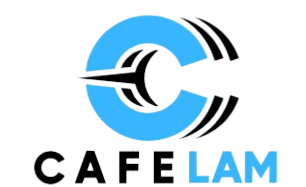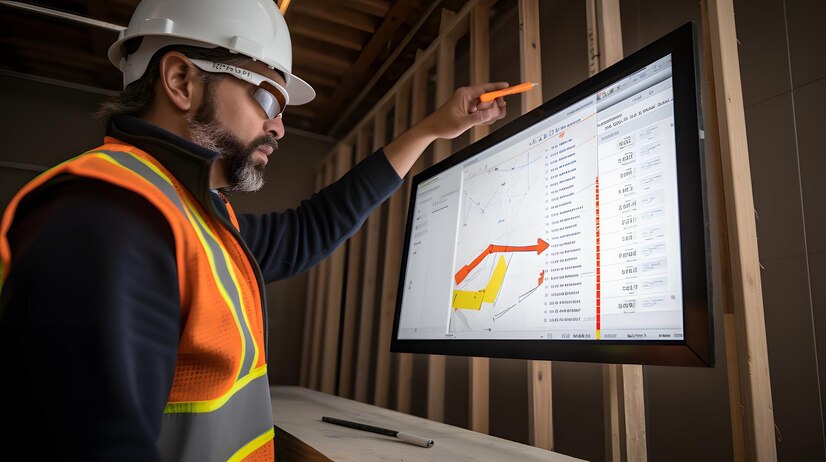Choosing between SLA, SLS, and FDM comes down to three things: the look you need, the function the part must perform, and how much you want to spend. Which of those matters most for your job? Read on, and you’ll have a practical way to decide.
How Each Technology Works
SLA (Stereolithography)
SLA cures liquid photopolymer resin with a laser or UV light, building parts layer by layer. The result is excellent detail and a very smooth surface finish, which makes SLA a go-to for jewellery, dental models, and high-fidelity prototypes.
SLS (Selective Laser Sintering)
SLS fuses powdered thermoplastic (commonly nylon) with a laser. Because the powder bed supports the part during printing, SLS can create complex, interlocking geometries without the need for separate supports, making it ideal for functional prototypes and small-batch production where strength and design freedom are crucial.
FDM (Fused Deposition Modelling)
FDM extrudes melted filament (such as PLA, ABS, and PETG) through a nozzle. It’s simple, affordable, and widely available. FDM is ideal for concept models, jigs, and low-cost prototyping, although it typically delivers lower resolution and a rougher surface finish than SLA or SLS.
Key Comparison Factors
Resolution & Surface Finish
SLA typically delivers the highest resolution and smoothest surfaces, followed closely by SLS. FDM prints exhibit visible layer lines and require additional finishing if a smooth appearance is desired. If surface quality is your priority (for presentation models, dental, and fine jewellery), SLA is often the best choice.
Typical tolerances
Expect SLA tolerances in the low tenths of a millimetre for small features; SLS offers good dimensional stability for functional parts; FDM tolerances vary by machine and material and are generally looser.
Strength, Materials & Durability
SLS parts, printed from engineered thermoplastics such as nylon, tend to be stronger and more isotropic than standard FDM parts, which can be weaker across layer lines. SLA resins offer excellent detail and a wide material palette (including flexible and engineering resins), but mechanical properties vary widely and may require careful material selection.
Material examples
- SLA: Standard, tough, flexible, castable resins.
- SLS: Nylon (PA12, PA11) and filled powders for durable parts.
- FDM: PLA, ABS, PETG, nylon, composite filaments.
Geometry, Supports & Design Freedom
SLS wins where complex internal channels, interlocking parts, or large nests of parts are necessary; the powder acts as a self-supporting medium. SLA requires support structures for overhangs and delicate features; FDM often needs support and careful orientation to reduce visible seams!
Speed, Throughput & Batch Production
For single fine-detail parts, SLA can be fast and precise. For batch runs, SLS often gives the best throughput because many parts can be packed into the powder bed and printed in a single job. FDM is slower per part for higher volumes and typically prints one object at a time, unless multiple machines are used.
Cost & Post-Processing
FDM printers and materials are generally the most cost-effective option upfront. SLA and SLS machines and materials are more expensive, and both require post-processing (washing and curing for SLA; depowdering and sometimes tumbling for SLS): factor labour, finishing time, and material wastage into your true cost-per-part.
Which Technology Is Best for Common Project Types?
Visual prototypes and display models
Choose SLA for crisp detail and smooth finish when the visual impression matters.
Functional prototypes and end-use parts
SLS is often preferred when parts must withstand loads, be chemically resistant, or have complex geometries without the need for supports.
Quick, low-cost concept models
FDM offers the fastest, most economical route to test form and fit.
Small-series production
SLS can be highly competitive for low-volume production, thanks to its ability to print multiple parts simultaneously; SLA is viable where finish quality outweighs mechanical demand.
Where to Get Your Hardware Parts 3D-Printed?
If you don’t own the hardware, local and online bureaus cover all three technologies. For rapid prototyping in Australia, consider a reputable 3D-printing service in Melbourne, like CAD Deziners, for quick turnaround and local support. We offer tailored workflows and high-quality prints for 3D printing projects.
FAQs
Q1: Which process gives the smoothest finish?
SLA generally produces the smoothest surface and finest features.
Q2: Can SLS make moving parts in one print?
Yes, SLS can print interlocking or moving parts in a single job because the powder bed supports them during the printing process.
Q3: Is FDM suitable for functional parts?
FDM can work for simple functional parts, but its layer adhesion and anisotropy may limit load-bearing performance. Consider SLS for higher strength.
Q4: Which process is cheapest per part?
For single, simple prototypes, FDM is usually the most cost-effective option. For many parts packed into a build, SLS can be a cost-effective solution.
Q5: How significant is post-processing?
Very, SLA needs washing and UV curing; SLS requires depowdering and often surface finishing; FDM often needs sanding or acetone smoothing for presentation pieces.
Q6: Can I paint 3D-printed parts?
Yes, all three can be painted, but surface prep differs. SLA often requires less filling, whereas FDM may need filling and priming.
Q7: Are there eco-friendly options?
Some filaments are biodegradable (PLA); some bureaus recycle powder or use lower-waste workflows, ask suppliers about material recycling and waste management.
Q8: How do I choose if I’m unsure?
Start with the end use: visual proof → SLA; strength and complexity → SLS; rapid low-cost iteration → FDM. If still unsure, get a sample print from a service bureau.
Final Thoughts
There’s no single “best” technology, only the best fit for your brief. If you need exquisite detail and finish, SLA is the answer. For strong, complex, support-free parts and small-batch production, choose SLS. For fast and low-cost concept models, FDM is the ideal solution.
Use the checklist above, factor in post-processing and real costs, and consider reaching out to a reputable bureau if you would like a sample run before committing. If you need a local 3D printing service in Canberra, CAD Deziners is synonymous with the best in the 3D-printing space across Australia.







